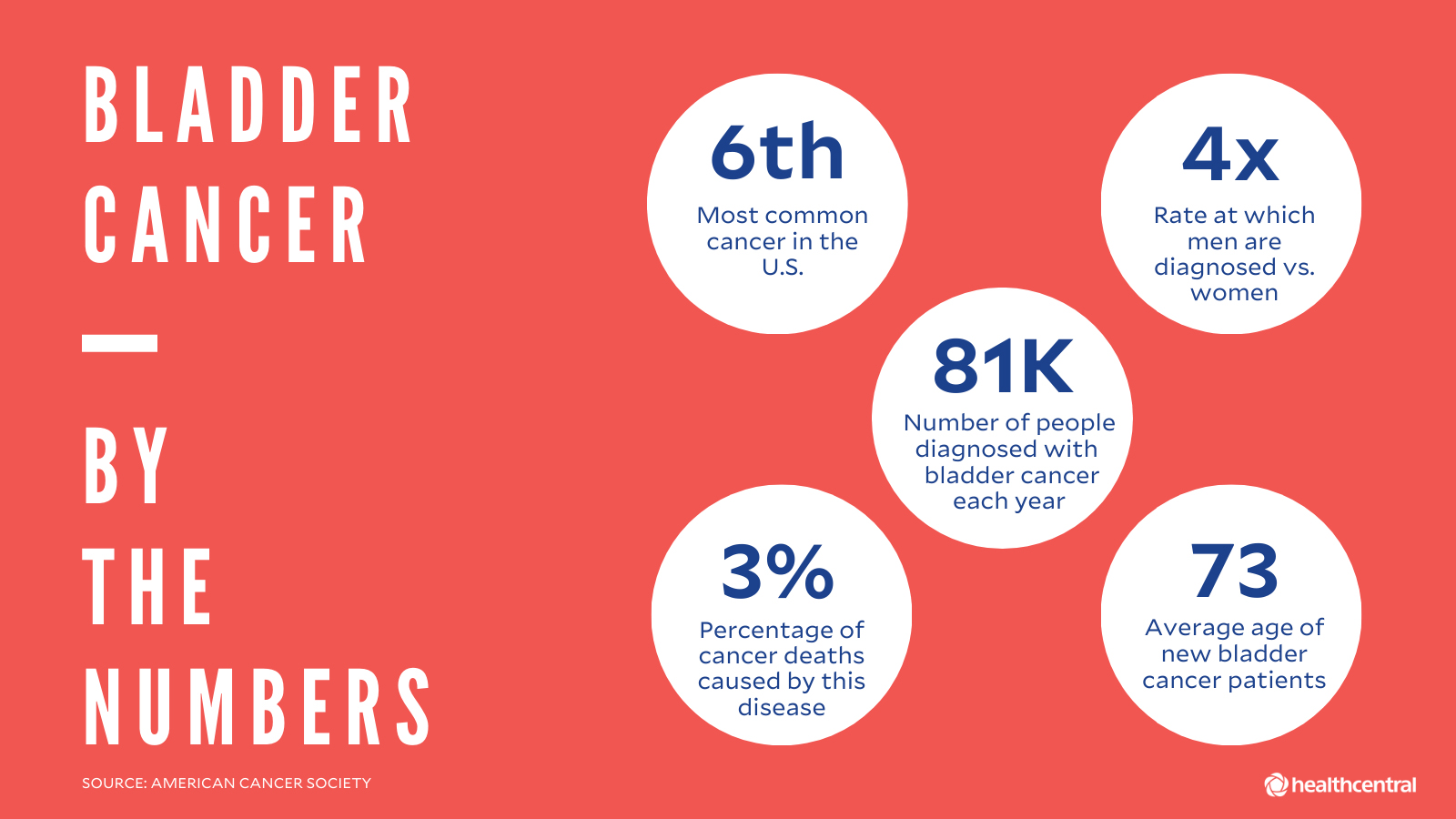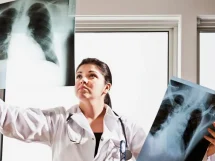 LEXINGTON, Ky. — Kentucky has one of the highest rates of new cancers in the U.S., with bladder cancer in the top 10 list of new diagnoses. Understanding the signs, risk factors and preventative measures is important for early detection and management.
LEXINGTON, Ky. — Kentucky has one of the highest rates of new cancers in the U.S., with bladder cancer in the top 10 list of new diagnoses. Understanding the signs, risk factors and preventative measures is important for early detection and management.
What are the symptoms and signs?
The most common symptom of bladder cancer is the presence of painless blood in urine. If you notice blood in your urine, don’t ignore it and go to your doctor right away. Other signs to look out for are more frequent urination and an increased urge to urinate, especially accompanied by pain or discomfort. Persistent pain in the lower back or pelvic region that only gets worse over time is also a symptom.
What can increase the risk of developing bladder cancer?
- Smoking is the biggest risk factor. Tobacco smoke contains many harmful chemicals that can damage the bladder lining, increasing the risk of developing cancer.
- Exposure to certain industrial chemicals such as paint, dye, metal processing and petroleum products.
- Family history and genetics. If you have a history of bladder cancer in your family, you should be tested if you notice any of the symptoms above.
- A personal history of bladder cancer is also a risk factor due to the high recurrence rate.
- Some chemotherapy drugs and medications are linked to the development of bladder cancer because of increased irritation in the bladder.
- Environmental factors, including drinking water contaminated with arsenic.
- Chronic urinary tract infections may contribute to bladder cancer development as chronic inflammation causes damage to the protective layer of cells lining the bladder.
- Other risk factors include chronic indwelling urinary catheter or history of radiation to the pelvic area
Is there a screening for bladder cancer?
- We do not screen for bladder cancer in the general population as the current studies do not show sufficient benefit.
How can you reduce risks?
Reducing the risk of bladder cancer stars with adopting healthy lifestyle choices and minimizing exposure to known risk factors:
- Quitting smoking is one of the most effective ways to reduce the risk of bladder cancer, creating a healthy bladder lining. We highly advocate for smoking cessation, and individuals who smoke should be actively encouraged to pursue cessation treatments, which may include medication and counseling. It is advisable to engage in discussions with your healthcare provider to explore effective methods for quitting smoking and receive personalized support tailored to your needs.
- Minimize or avoid chemical exposure and take safety precautions when working with chemicals that are known to be harmful. For instance, remember to wear gloves while using potent cleaning agents at home as numerous chemicals can permeate the skin. If you’re employed in a refinery setting, prioritize the use of protective gear. Similarly, if you’re a painter, ensure to work within well-ventilated areas to minimize exposure to potentially harmful substances.
- Stay hydrated. Drinking plenty of water throughout the day is vital for maintaining bladder health, reducing the risk of urinary tract infections, and facilitating the swift elimination of toxins from your system.
The University of Kentucky Public Relations and Strategic Communications Office provides a weekly health column available for use and reprint by news media. This week’s column is by UK Markey Cancer Center medical oncologist Zin W. Myint, M.D.






















